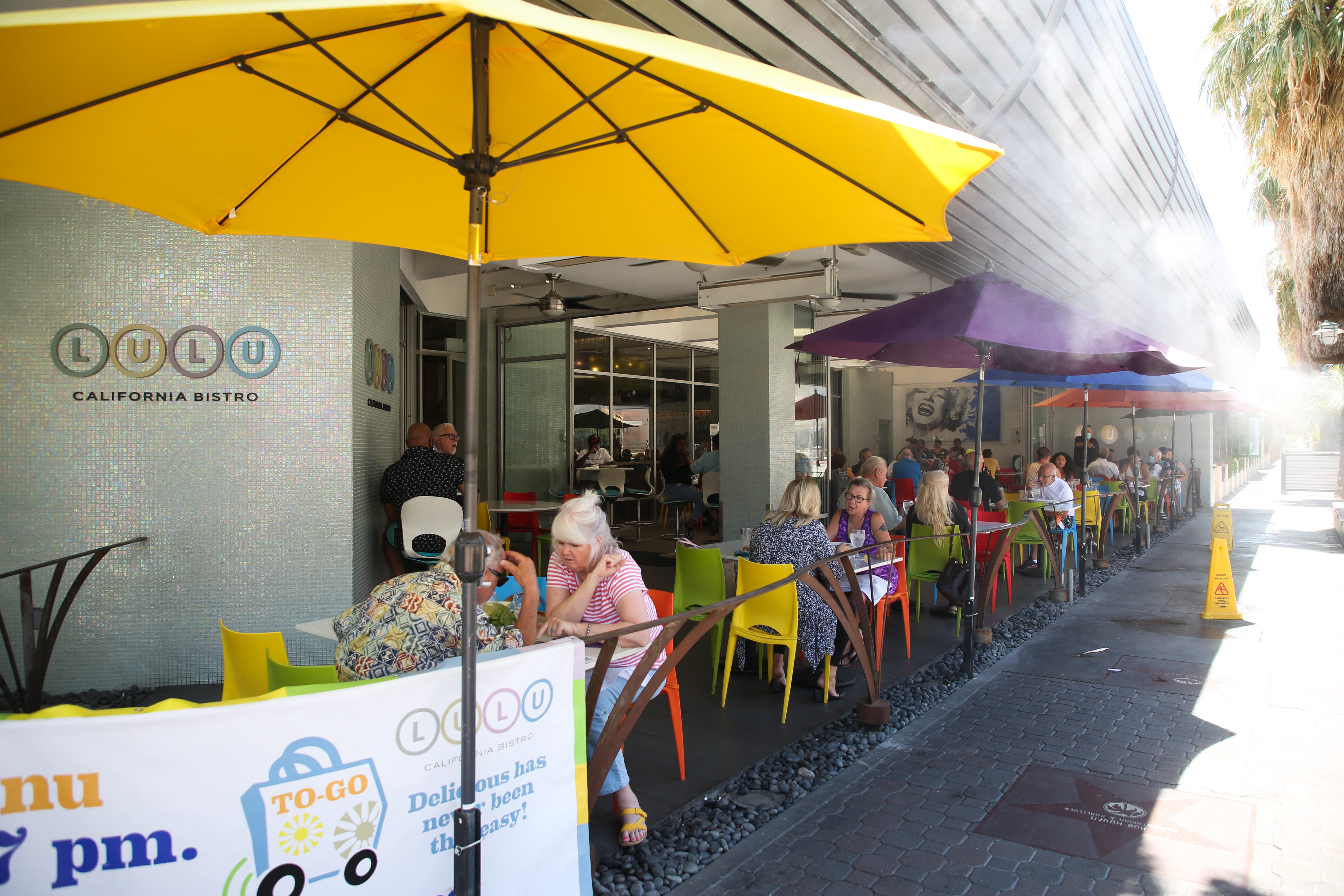New state reopening rules to be released. Here's what it could mean for Riverside County

Nicole Hayden, Melissa Daniels and Sherry Barkas Palm Springs Desert Sun
Published 12:36 PM EDT Aug 28, 2020
Gov. Gavin Newsom is expected to release highly anticipated new pandemic guidelines on Friday, potentially allowing more businesses to reopen across the state.
In anticipation of the Democratic governor's announcement, there was a common refrain from businesses and local governments buffeted by the outbreak: We need clarity.
Counties need to understand clearly “what thresholds to aim for and the public health data that will determine success or failure,” the California State Association of Counties said in a statement.
That was echoed by the California Restaurant Association, which has seen the state's once-thriving food industry wither under restrictions that have closed indoor dining rooms and left many businesses to survive on takeout, delivery and limited outdoor seating, if they have the space. The association estimates as many as 1 million workers have been furloughed or laid off.
COVID-19 crushed restaurants: How people are finding new ways to serve food
Eating out amid COVID-19? Restaurant workers offer tips on how not to be a jerk
"We'd like to see restaurant dining rooms reopen as soon as possible," association president Jot Condi said.
“Restaurants in every corner of the state are on life support right now. Every day that passes with a dining room closed, a restaurant owner is more likely to shut the doors permanently," he said. “It's gotten to a crisis level."
Newsom's announcement comes as California slogs through an economic recession that started this spring when his stay-at-home order, meant to tamp down the spread of coronavirus, caused a grinding halt to the state's economy.
The state had a 13.3% unemployment rate in July, up slightly from June but representing more than 2.5 million Californians who are out of work.
Officials call for clarity from state guidelines
Riverside County Supervisor Karen Spiegel, who has recovered from a bout with the virus, said she hopes the state plan recognizes different levels of risk that come with different business activities. She’s puzzled why shoppers can fill a Costco, where she stopped Thursday, while indoor hair salons remain off limits.
Using metrics, the state needs to change how businesses are categorized, Spiegel said. “We have to do more of a risk-based approach.”
Riverside County sent a request to the California Department of Public Health earlier this month asking for an exception to statewide rules to begin a phased reopening of more businesses in September. Newsom previously declined to comment on the request, and it remains unclear how Friday's reopening guidelines could affect it.
California has the most confirmed virus cases in the nation, with nearly 700,000, and the third-most deaths — 12,550. But since the closures last month, the average number of daily cases has been falling along with the infection rate and hospitalizations, which peaked at 7,170 on July 21 and since dropped to about 4,300.
Most of California’s 58 counties, including the most populous — Los Angeles — remain on a state monitoring list because they are above one or more of the benchmarks for cases, infection rates and hospitalizations. Inclusion on the list restricts what businesses can operate, whether schools can offer classroom instruction and limits other activities, such as attending indoor religious services.
But as the state’s coronavirus data has improved in recent weeks, some counties have gotten off the list, including San Diego and Orange, the second- and third-largest counties by population.
San Diego Mayor Kevin Faulconer joined Spiegel in expressing frustration with the changing guidelines. There have been widespread complaints that even when counties hit benchmarks that would allow them to reopen, the state has no clear rules to do so.
...tinyurlis.gdu.nuclck.ruulvis.netshrtco.de
